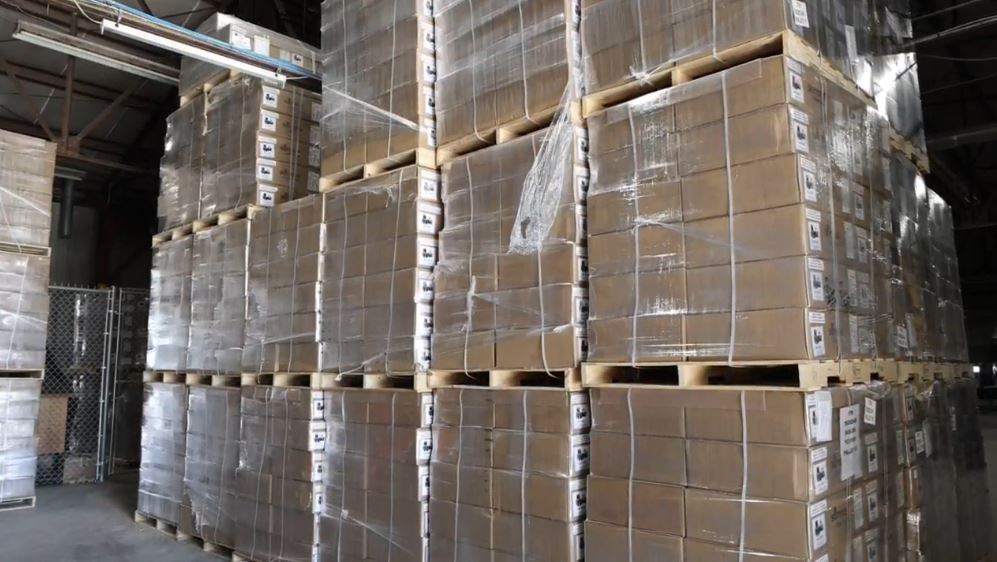
Thousands of meters are slated to be replaced across the City of Lawton over the next year.
Published: April 11, 2024
Caitlin Gatlin | Communications & Marketing Manager
The City of Lawton’s Meter Services Division continues to make significant progress in its residential and commercial meter replacement program.
Since fall 2023, the division has been diligently working on replacing nearly 2,000 aging meters across Lawton. For the next two weeks, crews will be west of 17th Street between NW Euclid Avenue and NW Arlington Avenue.
The decision to replace meters is driven by industry standards recommending replacement after certain usage or years in service. Commercial meters, for instance, are recommended for replacement after 10 years or upon reaching over 2 million gallons of water usage. Similarly, residential meters are recommended for replacement after 15 years or upon exceeding a million gallons of water usage.
The transition from the old mechanical piston-type meters to the new ultrasonic meters marks a significant technological advancement. Ultrasonic meters have no moving parts, leading to reduced wear and enhanced longevity. With sensors accurately measuring water flow, these meters come with a 20-year accuracy warranty, unlike their piston-type counterparts, which only offer a one-year warranty or a million gallons, whichever comes first.
"Our focus is on ensuring the accuracy and reliability of our water meters,” said Mark Moore, Superintendent of the Meter Services Division. “By using these new ultrasonic meters, with their 20-year accuracy warranty and absence of moving parts, we are ensuring reliability and peace of mind for the citizens of Lawton.”
As the meter replacement program continues, the City does not expect any prolonged water disruptions, as interruptions typically last between 5 to 10 minutes. Any residual air in the lines dissipates as water is restored to normal flow.